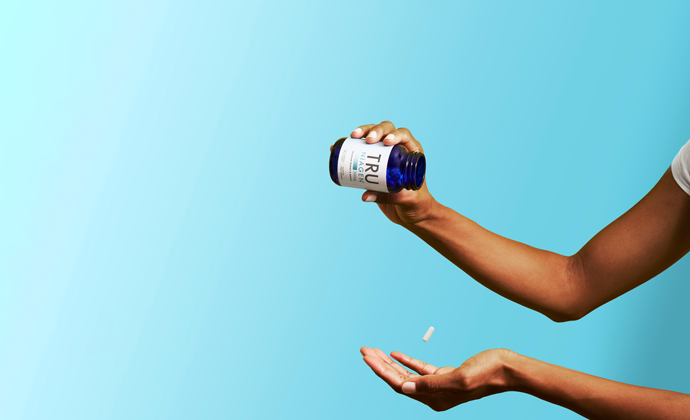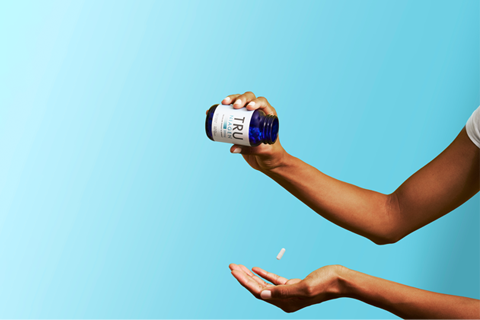Nicotinamide Riboside Food Sources
Nicotinamide riboside (NR) is a novel form of vitamin B3 that helps improve the way you age. Known as the “healthy aging” ingredient, nicotinamide riboside works by counteracting the effects of aging in your cells.
How? The micronutrient focuses on supporting the health of tiny power plants in your cells, known as the mitochondria.
There’s no miracle pill that reverses aging, but scientists began investigating mitochondria to better understand the aging process.
A review published in BioMed Research International shows we make fewer mitochondria as we age. And scientists have also attributed mitochondrial dysfunction as one of the hallmarks of aging.
There are several processes behind the inner workings of our mitochondria that keep them functioning properly. One of which is the critical coenzyme called NAD+.
NAD+ functions as an essential delivery mechanism for the cell.
If the mitochondria were the cell’s power plants, NAD+ acts as the delivery trucks that send critical supplies in the docking bay. Their payload provides the resources needed to maintain mitochondrial function.
Several studies show how nicotinamide riboside efficiently elevates NAD+. Here’s a look at a few ways you can supplement NR in your diet.
1. Milk
Almond milk, oat milk, and other milk substitutes are heralded as a better alternative to cow’s milk. However, cow’s milk does have one thing going for it that other milk substitutes don’t: higher amounts of nicotinamide riboside.
Cow’s milk used to be an early treatment for pellagra, a rampant disease prevalent in the early 1900s, particularly in the rural American South.
Researchers found that pellagra resulted from a severe NAD+ deficiency, and cow’s milk could be used as a treatment due to its vitamin B3 content. Cow’s milk has a concentration of tryptophan and vitamin B3 variants known as nicotinamide and nicotinamide riboside.
Typically, if you find one form of vitamin B3 in foods, you will find others as well. The three forms of vitamin B3 are niacin, nicotinamide, and nicotinamide riboside.
Niacin is the most common form of vitamin B3 and was later used as the primary method to treat pellagra in favor of its higher bioavailability.
But researchers didn’t stop looking into cow’s milk and its vitamin B3 contents after the pellagra epidemic ended.
Later research continued to see how nicotinamide riboside increases NAD+ levels far more efficiently than niacin. Also, NR was absent of niacin’s unsightly side effect of skin flushing.
Scientists looking to investigate natural sources of NR began to revisit cow’s milk. A study published in The Journal of Nutrition measured how much NR is found in cow’s milk.
The study looked at organic and conventional milk to see if there was a difference in NR quantity, testing four different brands for each. The results are shown in the table below:

The unit of measurement is in micromoles (μmol).
In chemistry, a mole is a scientific standard of measurement for measuring quantities in microscopic entities such as atoms or molecules. A micromole is even smaller than a mole, measuring 10-6 (one-millionth) of a mole.
For organic milk, the nicotinamide riboside amount measured an average of 1.9 micromoles (μmol) per liter. Alternatively, conventional milk measured a little higher at 3.9 micromoles per liter.
Roughly, if we were to convert these results into milligrams, an eight-ounce glass of conventional milk approximately equals 0.23mg of nicotinamide riboside.
Clinical studies behind Niagen®, a patented form of nicotinamide riboside, recommend a daily intake of 300mg to get the most out of the ingredient. If milk were your only source of NR, you would need to drink over 1,300 glasses of conventional milk to equate to a 300mg supplement.
2. Brewer’s Yeast
As mentioned earlier, if you find one variant of vitamin B3 in a particular food, you will likely find others.
Brewer’s yeast is a common subject for researchers investigating NAD+ because of its high niacin content. A study published in the British Journal of Nutrition shows nicotinamide riboside was also found in yeast.
A review published in Biomolecules shows how nicotinamide riboside and its vitamin B3 relatives in yeast are the subject of emerging new science in the field of longevity, albeit still in its research infancy.
The review states,
“The metabolism of NAD+ precursors and its impact on cell longevity have benefited greatly from studies performed in the yeast Saccharomyces cerevisiae, which is one of the most established model systems used to study the aging processes of both proliferating (replicative aging) and non-proliferating cells (chronological aging).”
Due to the high concentration of niacin in yeast, it’s probable that yeast has a higher concentration of NR than milk. Unfortunately, no one has studied the measurements of NR in yeast enough to verify this speculation.
Nevertheless, the quantities would likely still be an insignificant amount compared to 300mg of Niagen®.
Natural vs. Synthetic Sources
There is still much studied when it comes to natural sources of NR. Foods that are also rich in niacin or nicotinamide may have a certain concentration of nicotinamide riboside. However, as shown in the milk study, the amount of NR in these foods is likely too minuscule to make any meaningful impact on your body.
As we know it, science points to supplementation as the best way to achieve the quality benefits of healthy aging from NR. A study published in Scientific Reports shows that daily supplementation of 300mg of Niagen® can increase NAD+ by up to 50% after two weeks.
On the other hand, incorporating a diet with an enormous amount of milk or yeast is unrealistic and disproportionately unhealthy. Most importantly, such a change in your diet only amounts to a mere drop in the bucket in elevating your NAD+ levels.
Related Posts
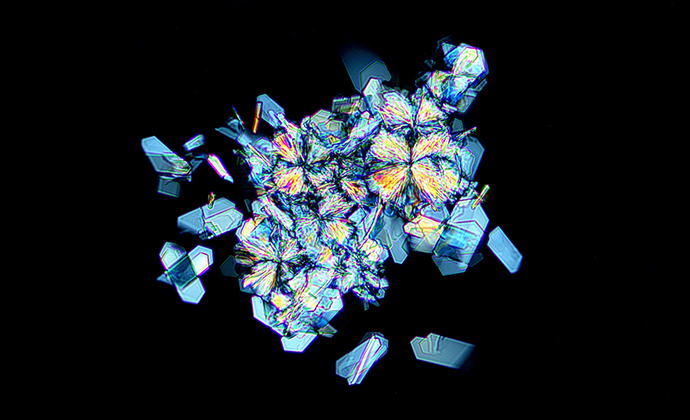



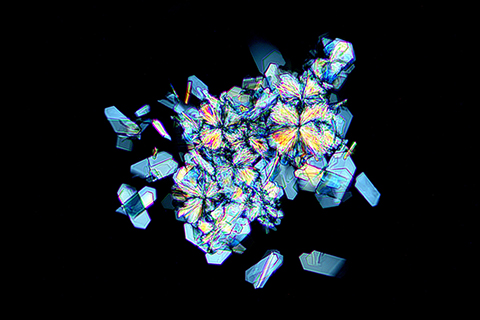
What Is Nicotinamide Riboside?



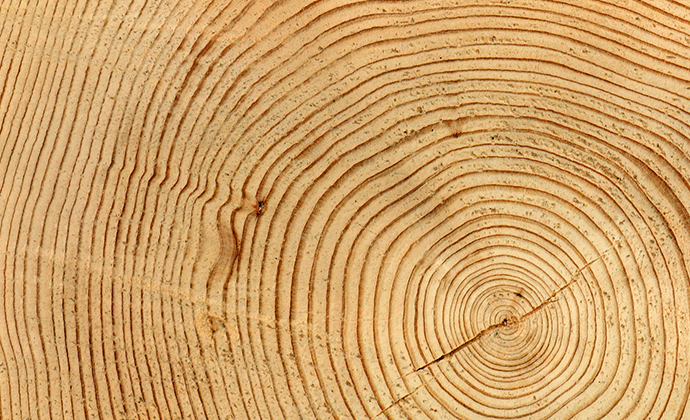
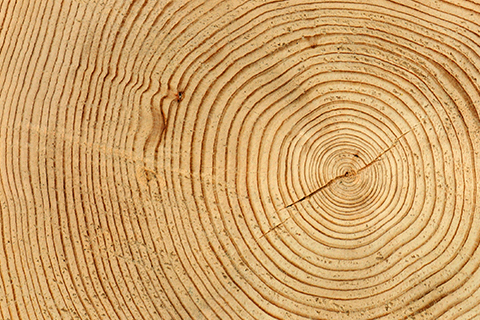
Is Nicotinamide Riboside Really an Anti-Aging Supplement?
